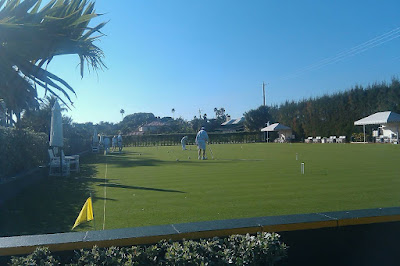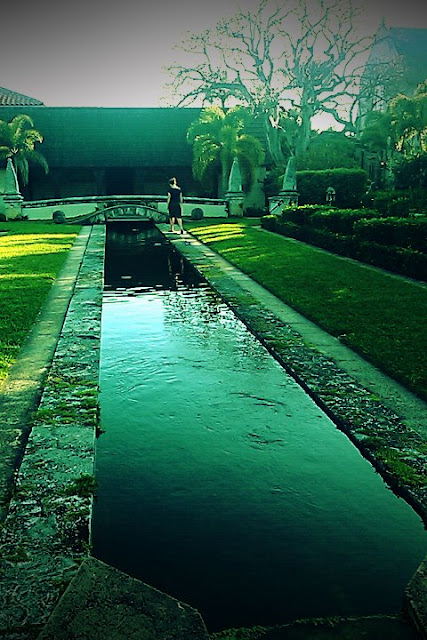The "Label Wall"
The exhibit explored the visual and material culture of wine over the last three decades. It was created and curated closely with artists and architects, and helps explain the role that design has had in wine's transformation.
"heart" carafe
Adrienne checking the glassware
From the SFMOMA press release:
"The story begins in 1976, the year of the now-famous
Judgment of Paris. There, in a blind taste test, nine French wine experts pronounced a number of Northern California wines superior to esteemed French vintages. However apt the decision, which was later criticized and repeatedly restaged, the event released shock waves across the globe as it gave the nascent California wine industry, as well as winemakers in many other parts of the world, new confidence, credibility, and visibility. This, in turn, had multiple effects including the expansion of wine markets, growing popular awareness of wine, the birth of wine criticism, vineyard tourism, and a host of other manifestations. From this moment forward, the culture of wine began to accommodate and valorize new priorities such as innovation, diversification, globalization, marketing, and accessibility."
"In many ways," Urbach claims, "wine has become 'modern' as it has reimagined its own representation and joined itself to other forms of culture," including architecture, graphic and industrial design, visual arts, performing arts, and film. And it is here, he adds, "at this particular intersection between nature and contemporary culture, that the social meanings of wine reveal key issues of our moment, including the status of place and authenticity in a world increasingly structured by dematerialized, virtual experience."
Of course, my favorite part of the exhibit was "Architecture and Tourism." Many prolific architects are designing wineries and wine-related buildings, thus bridging the gap between wine tourism and architecture tourism. I find it the perfect marriage; wine + architecture...stimulated taste buds + stimulated sense of place. Wouldn't you rather sip wine in an interesting building that is designed to showcase the wine and region?
"Clos Pegase marks the starting point for more subsequent developments. In 1984, soon after founding its Department of Architecture and Design, SFMOMA sponsored a competition for the design of a winery (the first time a museum organized a competition for a building other than its own): Clos Pegase (1987), located near St. Helena in the Napa Valley. The winning architect-artist team, Michael Graves and Edward Schmidt, designed the winery at the height of American postmodernism as a faux-Pompeian compound."
Herzog & de Muron's Dominus Estate From the SFMOMA press release:
"...Dominus asserts a strong and certain link between the building and the land; its gabion structure articulates a nearly invisible building that, among other qualities, establishes direct visual contact with the vines below."
Bodegas Biagorri Winery, Spain. From the SFMOMA press release:
"Bodegas Baigorri (2003) by Iñaki Aspiazu Iza articulates a sophisticated approach to its site, the demands of wine production, and the visitor experience. A stark, nearly empty glass pavilion rests elegantly upon a mesa as, hidden from view, a subterranean interior of raw concrete and steel descends six stories to organize the production sequence with respect to gravity. A passageway alongside permits visitors to observe the action as they descend towards a tasting lounge and restaurant."
models of the Hotel Marqués de Riscal














































